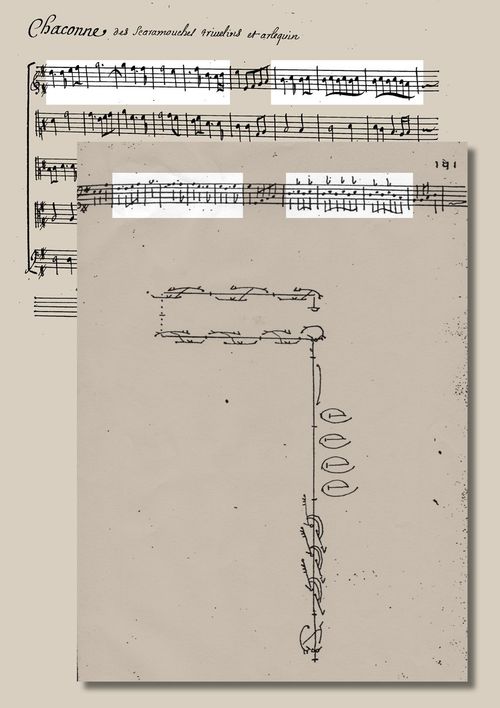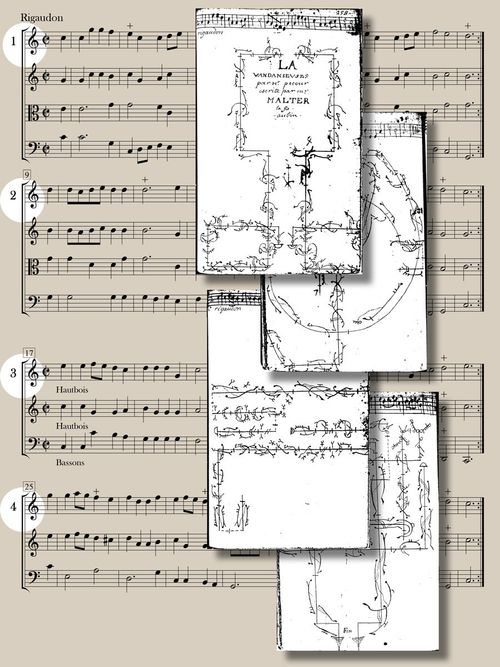We vouch for ...
On this page are the various "seals of approval" or predicates that we have awarded the products in the online shop.
They do not represent any special awards but are intended to serve as a guide.
... created from original historical sources & archive material
& historically precisely researched
With our seal of approval, we show which products on offer are based on intensive historical research. Mainly the well-known sources of the 17th and 18th centuries were used.
Care was taken to clean up the existing opinions and representations of the falsifying results of 19th century historicism and have often led to a surprisingly new and fresh result.
... communication made easy
The music of the baroque stage dances was developed by combining the melody above the dances with the other voices of the opera scores. This seemed important to us, because in the dances a different rhythm and change of sign (in our example many "b" s stand for a whimper) were used, which, however, support the choreography. In the example, the hat is taken off while whimpering ...
It is also often the case that in the English choreographies there is a different punctuation than in the French dance pages. With our notation we also try to facilitate communication between musicians and dancers.
The division of bars is based on the dance pages. The choreographies often have up to 12 pages and the staves are not numbered ... therefore a new score line begins with each dance page, the beginnings of the pages are marked with numbers. This arrangement often results in a very generous distribution of bars in the scores and parts.
It also means that there are different notations for different dances based on the same piece. We have often included the two-part movements in the program because they are mostly the more original sources; composers like Lully often wrote only the melody and the basso continuo themselves.
It was up to your students (with Lully this was Campra, with Campra then Destouche) to suspend the other voices for the orchestra.
... made legible
This is how the principle of reading aids works (here for the Vandangeuse ladies' page). The existing copies / sources often have illegible areas and often parts of other pages are "broken through" or have rubbed off.
In order to decipher the feuillet, we have therefore sensitively retouched many of the choreographies, and I have clearly highlighted all additions by only showing them in gray.
With some choreographies I really had to "lend a hand".














